Visual3D Basics Unit 1 – Chapter 1 – Introduction
In this course, we will teach you everything you need to know from opening Visual3D the very first time to creating your own pipelines to automate lower and upper body biomechanical analyses.
Our most popular course was designed to introduce new or unfamiliar users to the most powerful biomechanical software available. Through 8 hours of online videos, it teaches you all the techniques you need to start using Visual3D on your own and developing your own projects.
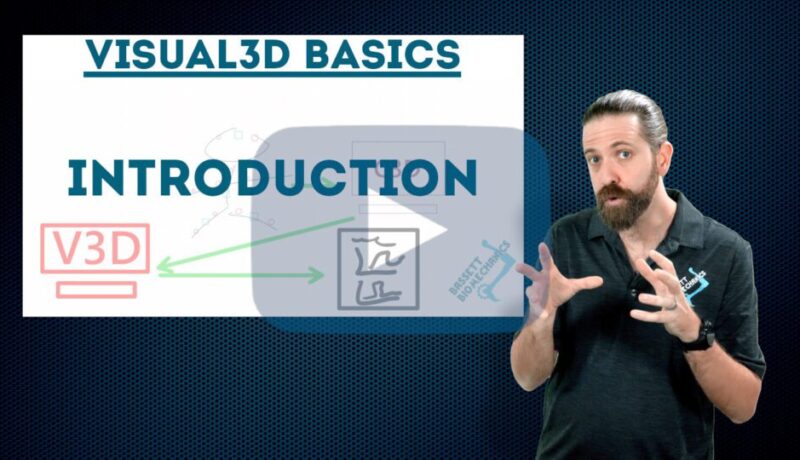
In this course, we will teach you everything you need to know from opening Visual3D the very first time to creating your own pipelines to automate lower and upper body biomechanical analyses.
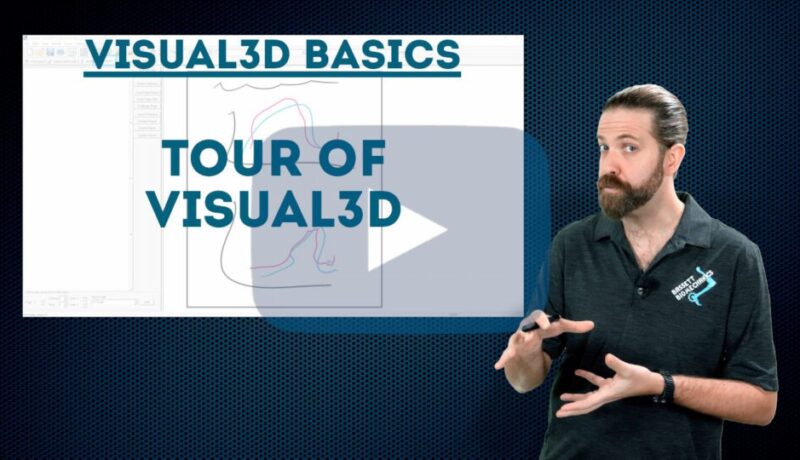
When you first open Visual3D you find an empty workspace, with a number of tabs. In this chapter, we show you the various sections available to you and explain the purpose of each.

To get started in Visual3D, the first step is to load your files. In this chapter, we show you how to open C3D files of your motion trials.
Once the files are loaded into your workspace, we show you how to view the C3D hierarchy and graph data.

Now that we have built our biomechanical model, we want to use it for other subjects. As long as in our data collection we place markers in the same locations, and give them the exact same name, we can use the same model.
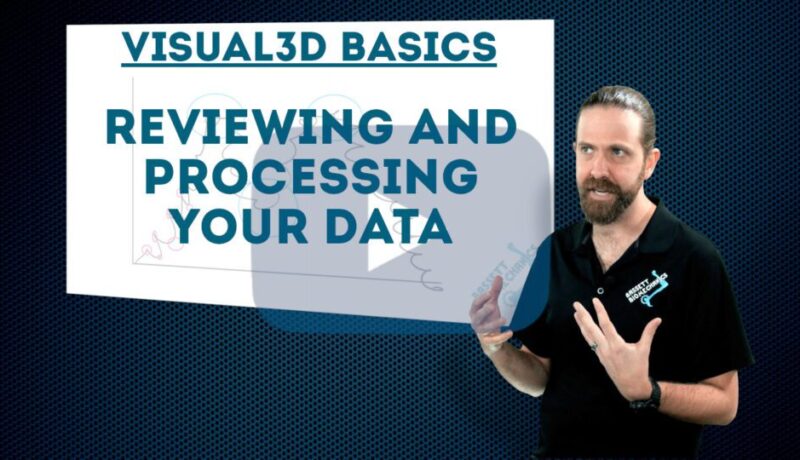
In the first part of this chapter, we show you some methods for reviewing your data. Looking at synchronized graphs to spot any potential anomalies is easy, and we highlight some quick methods. Of course, your data may not always be perfect, so we also show you some processing methods to clean it up before performing biomechanical calculations.
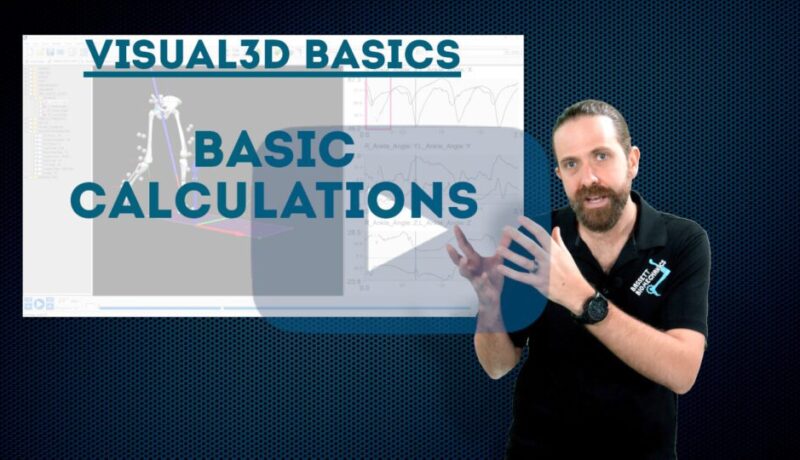
After a thorough review of your data, we can now start performing biomechanical calculations. From kinematic to kinetic operations, in this video we introduce the use of the Compute Model Based Data interface. This powerful tool within Visual3D allow you to calculate parameters that have been scientifically validated by the biomechanics community.
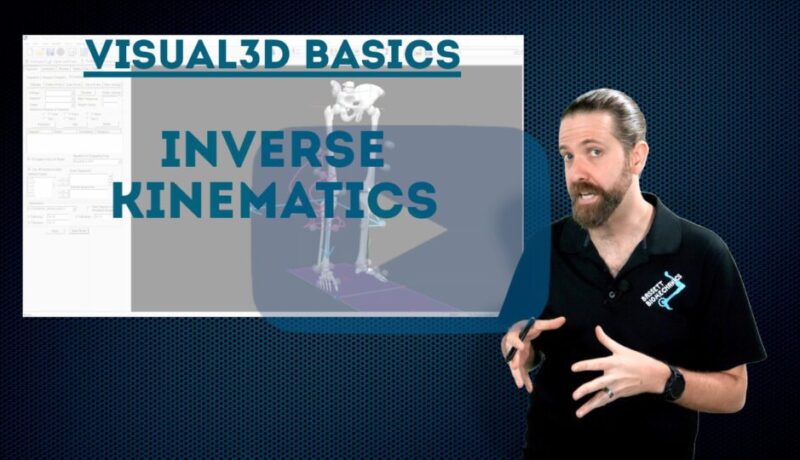
Motion capture technology is amazing, and cutting edge, however, we do occasionally need to provide some additional assistance to obtain smooth joint data. A very valuable tool in Visual3d is Inverse Kinematics, which allows you to define constraints on the motion between segments.

Due to the anatomy of the foot, and the relationship between its coordinate system and that of the shank, the joint angle of the ankle is subject to an offset. There are many ways to solve this discrepancy, and in this video we show you a very simple method to get you started.
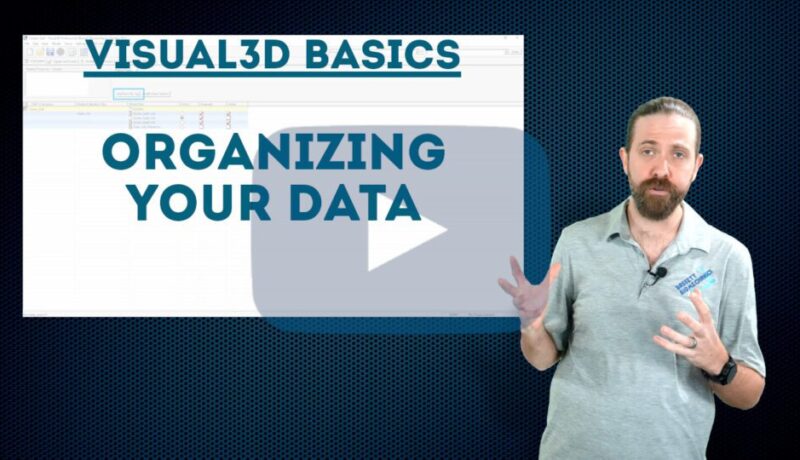
A key part of reporting your biomechanica data is keeping it organized. Within Visual3D, there are several tools available to help you. In this video, we show you some methods to keep your data organized.
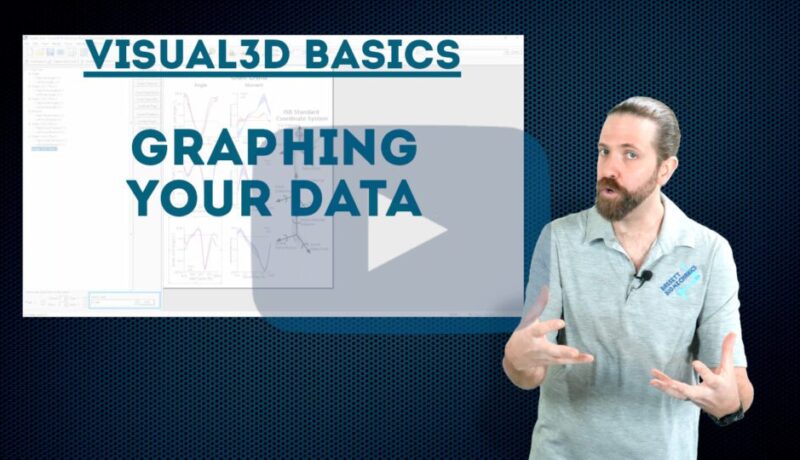
In this video, we introduce you to reports in Visual3D. We walk you through how to add graphs, show the means and standard deviations, and customize the appearance of the page.